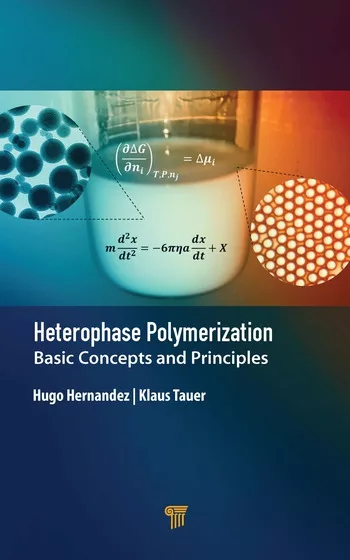Ask Dr. Dave
Adhesives and sealants troubleshooting tips from Dr. Dave Dunn.
Question: We are looking for a compatible pipe sealant that is resistant to hot concentrated sodium hydroxide. The installation will use gaskets with 316 stainless steel flanges.
Answer: Although fluoroelastomers (ASTM designation: FKM) have often been used for aggressive chemical resistant applications, the normal grades tend to dehydrochlorinate under extreme basic conditions. For maximum longevity, the rubber in your seals should be compounded from special forms of fluoroelastomers that usually have the letters BR (base-resistant) before the number designation.
The best products for this type of application have traditionally been perfluoroelastomers (ASTM designation: FFKM rubber). These elastomers, however, are extremely expensive. A much more cost-effective elastomer to consider is a copolymer of tetrafluoroethylene and propylene (ASTM designation: FEPM rubber). You may have to test some of these products to determine the longevity of the seals in your plant and the cost effectiveness of the different technologies.
Question: Can I use a cyanoacrylate adhesive in an application that is frequently exposed to water?
Answer: A few years ago, the answer to this question would have been a definite “No, we would not recommend these adhesives.” The most common cyanoacrylates have been traditionally been based on methyl or ethyl cyanoacrylate monomers, and the polymerized adhesives do get hydrolyzed by water.
However, recent formulations have changed this situation considerably. New rubber-toughened cyanoacrylates have improved moisture resistance. By using different monomers or certain plasticizers, adhesives can be designed to resist hot water (such as hot dishwasher water).
Question: We are looking for a compatible pipe sealant that is resistant to hot concentrated sodium hydroxide. The installation will use gaskets with 316 stainless steel flanges.
Answer: Although fluoroelastomers (ASTM designation: FKM) have often been used for aggressive chemical resistant applications, the normal grades tend to dehydrochlorinate under extreme basic conditions. For maximum longevity, the rubber in your seals should be compounded from special forms of fluoroelastomers that usually have the letters BR (base-resistant) before the number designation.
The best products for this type of application have traditionally been perfluoroelastomers (ASTM designation: FFKM rubber). These elastomers, however, are extremely expensive. A much more cost-effective elastomer to consider is a copolymer of tetrafluoroethylene and propylene (ASTM designation: FEPM rubber). You may have to test some of these products to determine the longevity of the seals in your plant and the cost effectiveness of the different technologies.
Question: Can I use a cyanoacrylate adhesive in an application that is frequently exposed to water?
Answer: A few years ago, the answer to this question would have been a definite “No, we would not recommend these adhesives.” The most common cyanoacrylates have been traditionally been based on methyl or ethyl cyanoacrylate monomers, and the polymerized adhesives do get hydrolyzed by water.
However, recent formulations have changed this situation considerably. New rubber-toughened cyanoacrylates have improved moisture resistance. By using different monomers or certain plasticizers, adhesives can be designed to resist hot water (such as hot dishwasher water).
Links
Looking for a reprint of this article?
From high-res PDFs to custom plaques, order your copy today!






